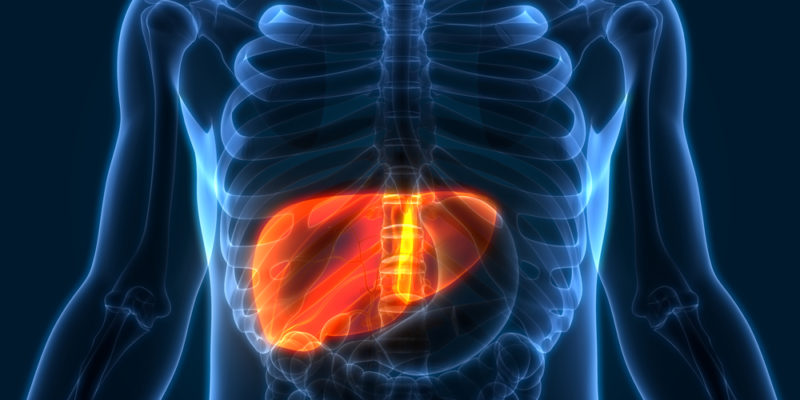
The liver is football-sized organ under your right rib cage. It is crucial for digesting food and clearing toxic substances from the body. The liver breaks down toxic substances such as drugs and alcohol that would otherwise cause liver damage, and excretes waste into the blood which is then cleansed by the kidneys.
Fighting off infections, metabolizing drugs, creating energy from food, and essentially acting as your body’s toxin filter, the liver plays a very important role in the body. It’s a pretty resilient organ, having the ability to regenerate itself in order to continue doing its job effectively. However, working it too hard can cause serious liver damage. Repeated liver damage can lead to inflammation, scarring, cirrhosis, cancer, and ultimately, life-threatening liver failure.
While prevention is crucial, early detection and treatment is the next best step. Read on to learn about common warning signs of liver damage.
When there is a buildup of scar tissue in the liver known as cirrhosis, the blood flow through the liver is blocked. As a result, the liver is unable to do its job effectively, leading to accumulation of fluid in the abdomen (ascites), or even swelling in the legs and ankles.
Fluid retention is the most common indicator that the liver may be damaged, occurring in 50 percent of people with cirrhosis.
Normally, the liver has no problem filtering out bilirubin, a yellow-colored bile pigment. When the blood can’t be processed effectively, a build-up of bilirubin can result in a yellowish tint to the skin and white of the eyes. Jaundice caused by liver damage can also be accompanied by itchy skin.
When the liver isn’t filtering out toxins effectively, a buildup of toxins in the bloodstream can lead to nausea and even vomiting. Ongoing nausea is a common symptom of early liver damage. As the damage worsens, the symptoms can also include a loss of appetite, diarrhea, pain in the abdomen, and other digestive discomfort.
The normal, dark color of stools is due to the bile salts normally released by the liver. Pale stools may be an indication of damage to the liver.
As stools appear lighter, urine may appear darker due to the same bilirubin build-up that leads to jaundice.
Black, tarry stools can also be an indicator of liver problems, caused by blood passing through the digestive system. If you are vomiting blood or noticing blood in your stool, seek medical attention immediately.
A damaged liver can’t produce the right amount of clotting proteins, which leads to more bruising and bleeding than usual.
Easy bruising can be caused by a variety of factors, not just liver damage.
Over time, common bad habits can lead to irreversible liver damage: excessive alcohol consumption; sleep deprivation; smoking; overuse of medications; obesity and poor nutrition.
It’s important to treat your liver right to keep it functioning properly, which you can do by maintaining a healthy lifestyle. This means exercising on a regular basis (at least 30 minutes per day, even if it’s just a brisk walk), drinking alcohol in moderation, keeping a healthy diet and maintaining a healthy weight.
Check out our blog for more information about how to keep your organs healthy.
